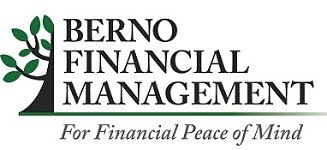 |
| Disability is more common than many people realize. |
Key Facts About Disability
Here are some key facts about disability that you may not know:
- Three out of 10 workers will have a disability that lasts 90 days or more.
- Fifty-seven percent of disability claims were made by women.
- Forty-five percent of new claims were for people under age 50.
- Over 20% of claims were for people under 40.
- Thirty-five percent of claims were for people age 50 to 59—peak career-earning years and critical years for saving for retirement.
- More than 95% of disability claims were not work-related; therefore, fewer than 5% of disability cases were eligible for worker’s compensation benefits.
- Only 69% of individuals receiving group long-term disability benefits also qualified for Social Security disability benefits.
- Social Security disability benefit qualification is difficult. Only 36% of new Social Security claims resulted in benefit payments awarded.
- Nearly all Social Security disability benefit payments are less than $1,500 per month.
"Three out of 10 workers will have a disability that lasts 90 days or more."
[Tweet This]
Top Disability Causes
Here is a list of the top causes of disability, based on existing claim diagnosis categories:
- Musculoskeletal/connectivity tissue: 30%
- Nervous system-related: 14%
- Cardiovascular/circulatory: 12%
- Cancer and neoplasms: 9%
- Mental disorders: 8%
- Injury and poisoning: 8%
Individual disability policies remain in force when you change jobs or get laid off, as long as you continue to pay premiums.
Disability insurance is much less expensive at a young age. Future increase options are critical.
New college graduates, take note!
About Bruce J. Berno, CFP®
Bruce J. Berno, CFP® is the founder of Berno Financial Management, Inc. a fee-only comprehensive personal financial planning and investment advisory firm headquartered in Cincinnati, Ohio. Since 1993, Berno Financial Management has been helping individuals and families achieve financial peace of mind. For more information about Berno Financial Management, visit http://www.bernofinmgt.com.



